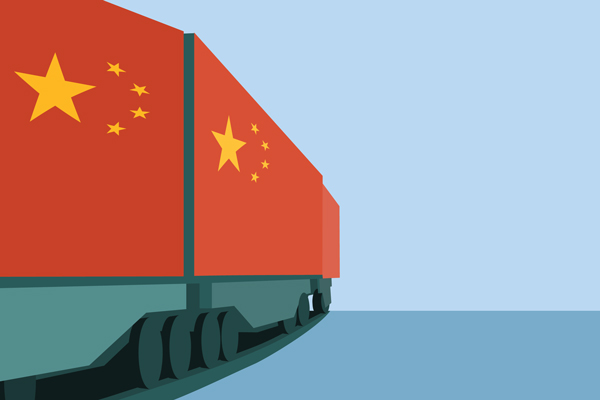On one hand, China’s a giant. A behemoth in the global economy, its GDP has grown an average of 10% a year since 1978, said the World Bank. By some measurements, it will contribute anywhere from 18% to 20% of global GDP in purchasing power parity, and by that measurement it’s the world’s largest economy.
But apparently it’s also a sensitive giant. Its growth has slowed since 2012. The Shanghai composite index plunged almost 24% in 2018. In May, the country broke off trade agreements with the U.S., which threatened to hike tariffs on $200 billion of its goods, which in turn threatened 0.3% of Chinese GDP growth. A mess, right?
Or is it all noise? China’s biggest foes usually underestimate it, mostly by assuming it’s a monolithic investing space.
The shorthand view of emerging markets investing is that it’s either all about China, all about commodities, or all about China and commodities. That conventional wisdom has been hard to shake off.
It’s even more difficult to deny China’s role in emerging markets; EM’s first-quarter success was largely due to a stock reawakening in that country. But people were reminded of the dark side of its role in mid-May when President Trump rattled sabers over trade, sending both Chinese and U.S. markets into a tailspin.
The MSCI Emerging Markets Index was up 9.5% for the first quarter of the year, and China was the big driver of that growth (the MSCI China Index returned 17.69%) as the consumer discretionary and real estate sectors took off. With the inclusion of “A” shares into the MSCI Emerging Markets index in 2018, (a class in the past available only to Mainland Chinese), the country’s heft in the index is going to be felt even more. (“In the event of full inclusion [of A shares], China equities would exceed 40% of the MSCI Emerging Markets Index,” MSCI said.)
Not One Thing
But portfolio managers are often less interested in the country’s commodity and infrastructure past and more interested in a country with an emerging middle class (which has been pegged, depending on the statistician defining it as anywhere between 100 million and 400 million people), a group that has been on a homebuying frenzy in the last few years and flexing its increasing disposable income. Many EM portfolios have thrived on the backs of tech companies like China’s Alibaba—a retailer like Amazon, but also like Amazon, so much more than that. Alibaba is growing into areas like social media, cloud computing, digital entertainment and finance, and as of last September, it had reported 10 straight quarters in year-over-year revenue growth topping 50%.
This year, it’s Chinese beverage companies that have made a big splash. Real estate also surged for the first quarter.
Can China Take The Heat?
June 3, 2019
« Previous Article
| Next Article »
Login in order to post a comment









